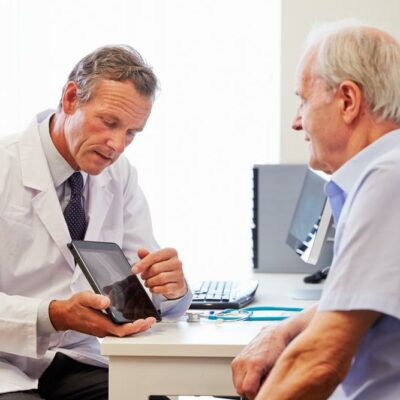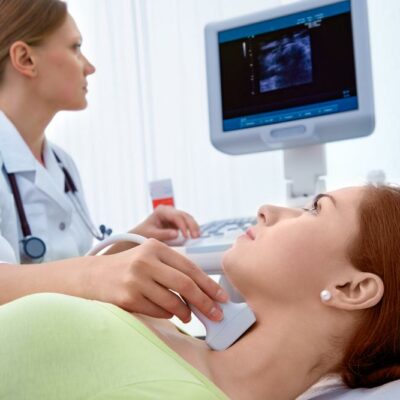
Health
Prime Types of Spinal Muscle Atrophy (SMA)
Categorized as a genetic disorder, Spinal Muscle Atrophy (SMA) affects the nervous system, particularly attacking the part which is the control center for voluntary movement of muscles. The nerve cells that are located in the spinal cord are largely affected, thereby making a lot of difference to the muscles. It is a rare disorder and is approximately found in 1 out of every 6,000 to 1 out of every 10,000 people in the world. It attacks the specialized nerve cells, which are commonly known as lower motor neurons, eventually leading to the death of muscle cells. SMA is divided based on the severity and the onset of the disease. Discussed below are the main types of Spinal Muscle Atrophy: SMA Type 0 This particular type of SMA is known to be the most severe of all types of Spinal Muscle Atrophy. Babies with this type of SMA often suffer from severe muscle weakness, low muscle tone, and a lack of age-appropriate motor skills. In addition, these babies may have an absence of a healthy respiratory system and therefore, face a lot of respiratory problems. Very few newborns survive post six months from their birth in this case. SMA Type 1 Also referred to as Werdnig-Hoffman Disease, this particular type of SMA is considered to be the most common.
Read More 















